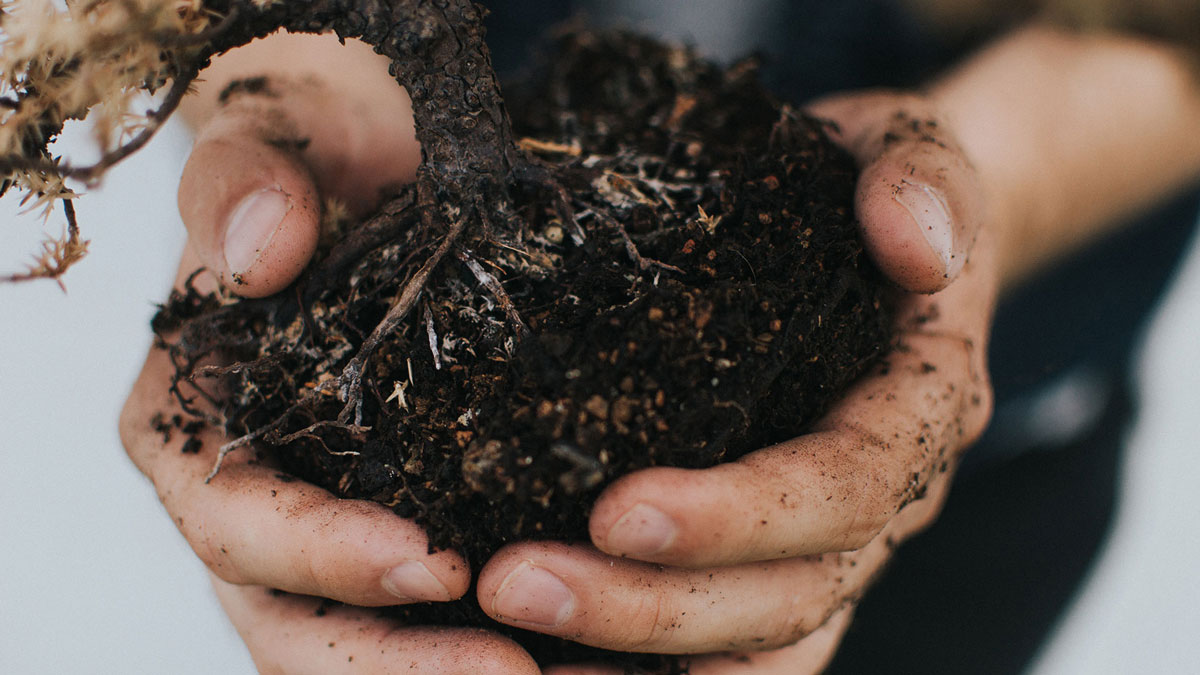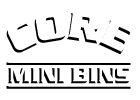What is Topsoil – Benefits, Uses, and Advantages

Topsoil. You may have heard the term before. It’s not just regular soil. Topsoil’s better. For landscaping or gardening, topsoil is a great buy. Here’s why.
What is topsoil?
Topsoil is the top layer of soil stripped during construction projects. It is usually composed of ingredients like clay, silt, sand, and other organic matter. It is taken from the top 12 inches of ground.
Topsoil takes a long time to form. One inch of topsoil can take 100 years to form. It’s natural lifecycles embodied in topsoil.
What is topsoil used for?
Topsoil has many uses. It can be used to grade. If it’s a suitable quality, there’s topsoil for gardening.
What you use topsoil for depends on quality. Composition varies. It’s a general term and so a stakeholder buying topsoil will receive it from a local site. Due to its weight and shipping costs, topsoil is not typically transported over long distances. Here are other uses of topsoil.
Landscapers use topsoil frequently. If they’re building a new garden, new plants get topsoil.
If the quality or quantity of soil is low, topsoil can be added. This immediately improves the quality of the soil.
If the soil around a house is sandy or clay-like, add topsoil. Inches of topsoil can give a home the ability to grow plants, feeding the seeds and allowing new roots to spread.
A less nutrient-rich soil can be used to backfill, for grade changes, or even as a base for patios.
Compacting topsoil can help prevent erosion on some properties and/or act as a foundation for lawns.
What is blended topsoil?
Blended topsoil adds more compost, organic matter, and other materials. This produces organic topsoil that’s ideal for sod, seed, gardens, raised beds, and other similar purposes.
Organic topsoil is a nutrient-rich, mineral-dense soil. It’s like giving your garden its own mini-ecosystem. No chemicals. No synthetics. It’s natural, organic gardening with naturally rich soil.
Is topsoil environmentally friendly?
Topsoil is a very environmentally friendly option. While enriching your soil, you’re contributing to sustainability. You’re reusing soil from local development but also repurposing organic matter coming from plants, fruits, vegetables, and more.
What are the benefits of topsoil?
Above its sustainability, topsoil has many benefits. It doesn’t end with the healthy, green vegetables, flowers, and gardens you can grow from it.
Topsoil contains a rich mix of nutrients that you need for healthy plants. It also retains moisture and water well which helps with long-term plant growth.
Topsoil doesn’t just come nutrient-dense. It stays so. The ability of topsoil to retain its nutrients means plant life sustains.
Topsoil saves you time and money. It’s affordable, helps to balance drainage, and will retain water longer than any synthetic soil can. Plants have everything they need to grow in topsoil.
Topsoil reduces erosion. If you have bad experiences with root structures becoming exposed, topsoil is a way to reduce the likelihood of this happening.
Topsoil lowers the need for chemicals and pesticides. The high nutrient composition is protection from pests and disease. If you’ve had to use chemical pesticides in the past, don’t think you will this season. Use topsoil. See the difference.
How do I know how much topsoil I need?
To accurately determine how much topsoil you need for your project, various formulas are available.
The most common is take your length in feet. Multiply that number by your width. Multiply the result by your depth in feet. Then divide the total by 27. This gives you the cubic yards needed.
(Length x Width x Depth) / 27 = cubic yards of topsoil
For laying lawns, it’s recommended to use at least a 4-inch layer of topsoil. For garden beds, including those that are brand new, at least 8 inches or more will be needed.
What can you add to topsoil?
A high-quality landscape has layers of materials. Topsoil is only one. Granted, a very important one.
Topsoil is the foundation on which everything else builds. You can’t have a yard garden or landscaping sitting atop without topsoil in support underneath. Common garden and landscaping options you can add to topsoil include the following.
Wood chips and shredded leaves. Use them in flower beds, shrub borders, and yard pathways.
Grass clippings. A natural fertilizer, grass clippings are nitrogen-rich which makes an excellent mulch.
Compost. Adding compost enriches the soil. When your plants are happy, they behave accordingly.
What are the different types of topsoil?
Topsoil comes in many types. For the purposes of simplicity, topsoil can be divided into three categories.
1. Economy grade topsoil. This is unscreened topsoil. ‘Unscreened’ means large rocks and similar materials haven’t been screened out. This cheap, quality topsoil is used in applications where you need volume more than quality.
2. General-purpose grade topsoil. This is available in different screen size grades. This type of topsoil can be used to make new garden beds as well as a base for new lawns. This is appropriate for turf laying and top dressing lawns as well.
3. Premium grade topsoil. This is the most expensive kind of topsoil. It is high in fertility and organic material, has excellent structure, and is used to build flower beds and garden areas.
When do you need topsoil?
A number of situations require topsoil. A lot of these have already been mentioned elsewhere in this article.
If your existing soil has been damaged, if there is no natural soil available where one wishes to garden or landscape, and/or if the quality of soil is poor, these are the most common reasons why we buy topsoil.
How do I know I have bought good quality topsoil?
Do your research on the product. Ask questions directly to your supplier. Also, look at it.
Bad quality topsoil is going to look like bad quality topsoil. It could have a lot of stones in it, thick roots, weeds, and/or contaminants like glass. These sorts of materials shouldn’t be topsoil. If you suspect these are included in yours, don’t buy it. Always inspect.
Are you looking for a quality topsoil supplier – contact Core Mini Bins. See the benefits of high-quality topsoil perfect for lawns, landscaping, and more. Organic, enriched topsoil that gives the nutrients and support your project needs.


